We all agree that the development of agriculture was a watershed moment in humanity. Humans can engineer the env to generate enough food to sustain massive population growth. The advent of agriculture and farming kickstarted a more comprehensive range of advancements, from fire and prepared food to self-driving machinery. Slowly farm automation came into the pic.
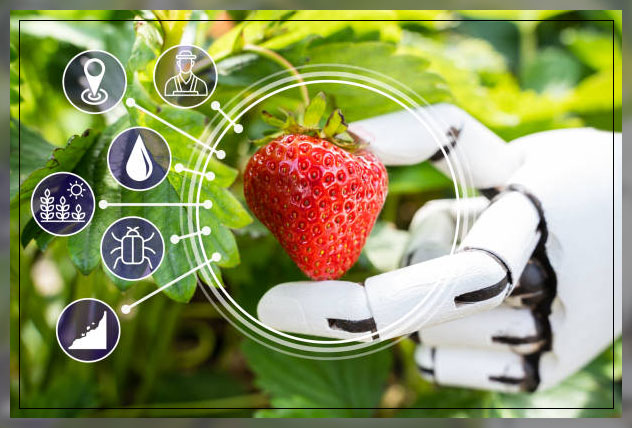
With a global population projection of more than 9.7 billion people by 2050, agricultural production needs to be increased significantly. It should be increased by at least 70 percent from current levels to serve nutritional trends.
We all know that agriculture has moved us forward in 12,000 years – but we are now at a turning point. More than ever, the pressure on farmers to produce nutritious products which puts our planet’s health under even more stress.
New technological advancements, from robotics and drones to computer vision software, have entirely transformed modern agriculture. Today farmers have access to tools that will help them meet the demands of the world’s ever-increasing population.
What is Farm Automation?
Farm automation is often associated with smart farming. The technology makes farms more efficient and automates the crop or livestock production cycle. Today, many companies are working on robotics innovation – to develop autonomous tractors, drones, robotic harvesters, and automatic watering and seeding robots.
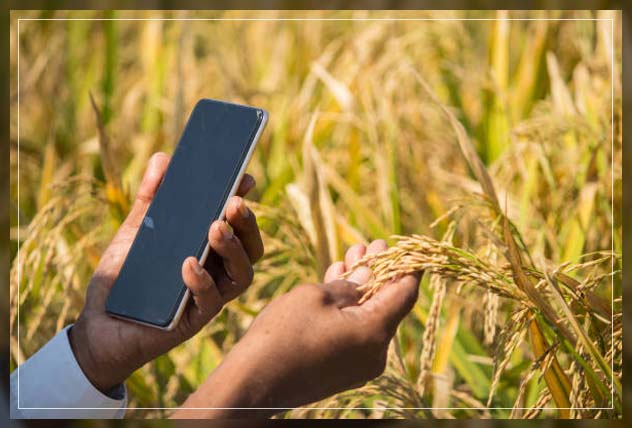
Although these technologies are relatively new, the agricultural industry has seen an increasing number of traditional companies adopt farm automation into their processes.
Farming is no easy task
Even you would agree that several steps are needed for a successful crop, from planting to harvesting. While farming may seem simple, farmers today still spend more time within their fields rather than with their families at home.
In such a scenario, modern technology is making it possible for farmers to spend less time on the farm and more quality time with their loved ones.
In recent years, automation has been on a steady rise significantly in the farming industry. More and more farmers are incorporating automation devices into their tasks to make their jobs easier. It can also make their task more efficient as it increases the output they get from their labor.
What Technologies are Used in Farm Automation?
The primary goal of farm automation technology is to cover more manageable tasks. Here are some powerful technologies that farms are most commonly utilizing.
Harvest Automation
Harvesting fruits and vegetables has always been a complex problem to automate. Primarily because harvest robots must be gentle with the product – to avoid damage and bruising. Today companies are successfully developing the first robot for gently harvesting strawberries – no matter where and how they are grown. They also harvest other fruits.
You can use a flexible mobile platform and robotics manipulators that work together to pick the fruit. This automation meets the farmer’s quality standard.
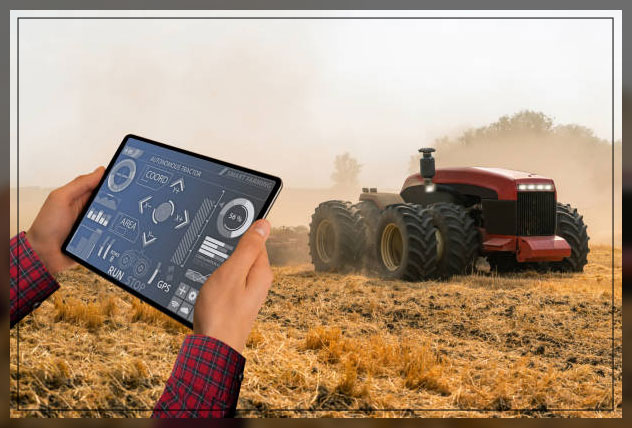
Another company has developed the world’s first commercial robotic apple harvest. The machine can handle fragile fruits using a vacuum instead of claw or hand-like graspers to pull apples from the branch.
Autonomous Tractors
You can control autonomous tractors remotely or even pre-program them to give full autonomy to a producer. Today you can find an autonomous tractor that delivers value to row crop farmers. They reduce labor costs but also increase efficiency across operations and increase yield.
Tractor automation kits are even being developed by companies today, which makes automation more accessible for farmers by retrofitting existing tractors with cutting-edge driverless technology and implementing control.
Seeding and Weeding
Robotics developed for weeding and seeding can target specific crop areas. Seeding can reduce labor and mundane tasks on the farm. Moreover, weeding robotics can be incredibly accurate. They reduce pesticide usage by nearly 90 percent with computer vision.
Companies today employ computer vision and robotics technologies that can precisely spray herbicides only where needed. That reduces wastage, and you can spray exactly what is required. These advanced methods allow farmers to control and prevent herbicide-resistant weeds.
There are other companies as well that produce weeding robots. In fact, these are the first ever wholly autonomous machines for a more economical weeding of row crows, meadows, and intercropping cultures.
Drones
Drones today are used to monitor conditions remotely. They are also used to apply fertilizers, pesticides, and other treatments from above on the farmland. At the same time, they can also quickly and cost-effectively identify problem areas with imagery and infrared analysis.
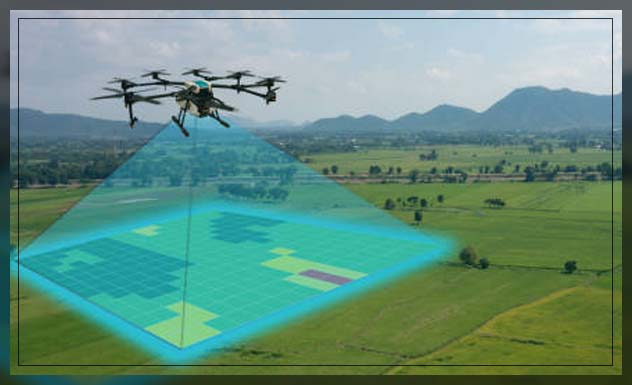
All these together help farmers diagnose issues early on. Several companies today are developing fully autonomous robots with autonomous drones, base stations, and analytics platforms. Such systems provide insights to growers at speeds, resolutions, and frequencies never before possible.
Advantages of Farm Automation
Farm automation technology is recently used to address significant issues like a rising global population, farm labor shortages, and changing consumer preferences. All these benefits of automating traditional farming processes are enormous.
Consumer Benefit
Consumer preferences are shifting towards sustainable and organic-produced products. With the latest automation technology, produce reaches consumers fresher, faster, and more sustainable. An increase in productivity from automation will help increase the yield and rate of production. All these will therefore reduce costs for consumers.
Labor Efficiency
Labor is over 50 percent of the cost to grow on a farm, and 55 percent of farmers say labor shortages impact them. Because of prime reasons, nearly 31 percent of them are moving to less labor-intensive crops.
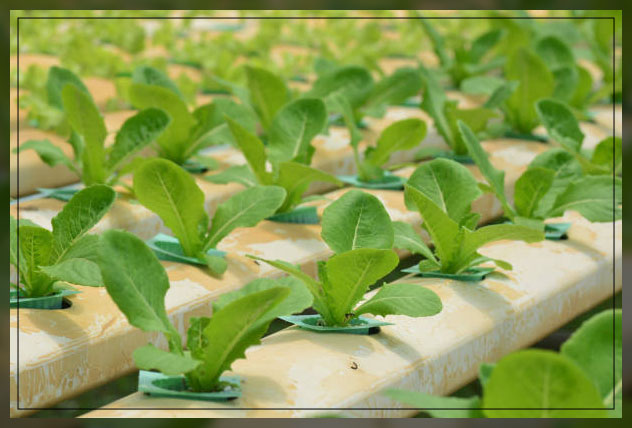
However, you would be surprised to know that there is massive potential for harvest robots. Routine tasks could be automated with robotics technology, thus reducing labor costs and the workforce needed amidst a labor shortage. There is a significant labor shortage in the agriculture industry today. Hence farm automation is becoming more and more popular. Do you know that a single strawberry robot harvester has the potential to pick a 25-acre area in just 3 days and replace 30 farm workers? That sounds interesting, right?
Reduced Environmental Footprint
Today, farm automation practices are making agriculture more profitable while simultaneously reducing the ecological footprint of farming. Significantly, site-specific application software is especially reducing the number of pesticides. Moreover, the fertilizers used are also reducing greenhouse gas emissions.
Reduction in the Cost of Production
In recent years, significant cost reduction has been one of the essential benefits of farming automation. As a farmer, you must pay several employees to do the work when you undertake the task of farming manually.
With automation, you can computerize the entire production process. Meaning your whole task can be done automatically. As per stats, it substantially reduces human efforts and production costs.
Remember that farming is one of the most critical industries on our planet earth. Billions of people around the globe solely rely on agriculture for their livelihood. Our complete life is dependent upon farming.
Therefore, farmers, today should use farming automation systems and tools to improve their productivity. Through the usage of automation, most farmers can improve their productivity. They would also require less time investment in this process.
Data Driven Guidance
Do you know that data-driven guidance is one of the most promising application areas for automated technologies? If you apply data-driven guidance to cultivation, the robot which uses automated technology will base its actions on historical test data.
For example, when a plant develops some sickness, the robot may decide based on what the soil might look like. If the same plant had been planted similarly at a different time, it would give you predictions. At the same time, you can also observe trends.
Smart Irrigation
When setting up a new irrigation system, you need to place sensors throughout the farm, which a central computer could read. Based on those readings, you can determine how much water to allocate to each section of your farm.
An automated irrigation system can favorably affect your farm yield and labor costs in such a scenario. So when you get the opportunity, you should always opt for farm automation in whatever suitable way.
Challenges of Farm Automation
Despite all the automation, we should try to overcome the farm automation challenges. High costs to adopt robotic technologies – may prove to be a huge barrier to entry for most farmers today. The problem is all the more prevalent in developing countries.
For example, robotic planters must carry water or pesticides with significant weight. In such a scenario, you should design the hardware differently, which might result in higher costs to make it larger. In addition, technical issues and equipment breakdown may also take high fees to fix for such specialized equipment. Therefore, to fully utilize farm automation, farmers today must combine their knowledge and experience with these new technologies. Only then can they reap the full benefit of farm automation.
Looking Ahead
You would be surprised to know that we are only at the early stages of farm automation technology. With so few advancements, we can transform the agricultural sector. It offers a path towards sustainable and more efficient agriculture through technological advances. They also include production systems and software.
Every year, automation technology is slowly becoming more sophisticated. What was cutting-edge just a few years ago might become commonplace and cost-effective soon. Understanding that the human element will always be a fundamental aspect of managing a farm is essential. But fully autonomous vehicles and farm equipment are supposed to come soon.
Read related articles on layers of soil, soil erosion, soil fertility, agricultural innovation examples, soil profile, stomata function, causes of soil erosion, garden decor ideas, humus soil, digital camera, types of weed, and more.
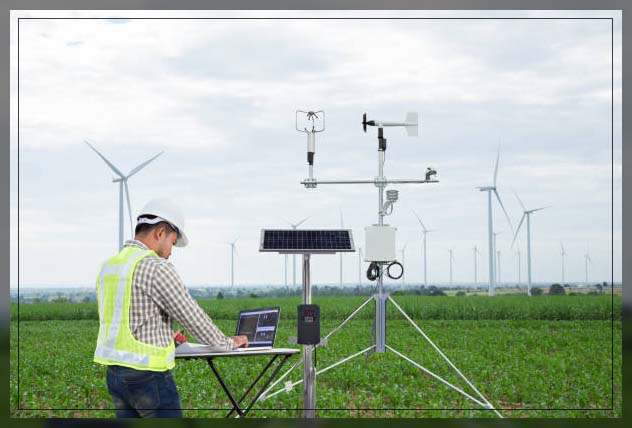





Leave a Reply